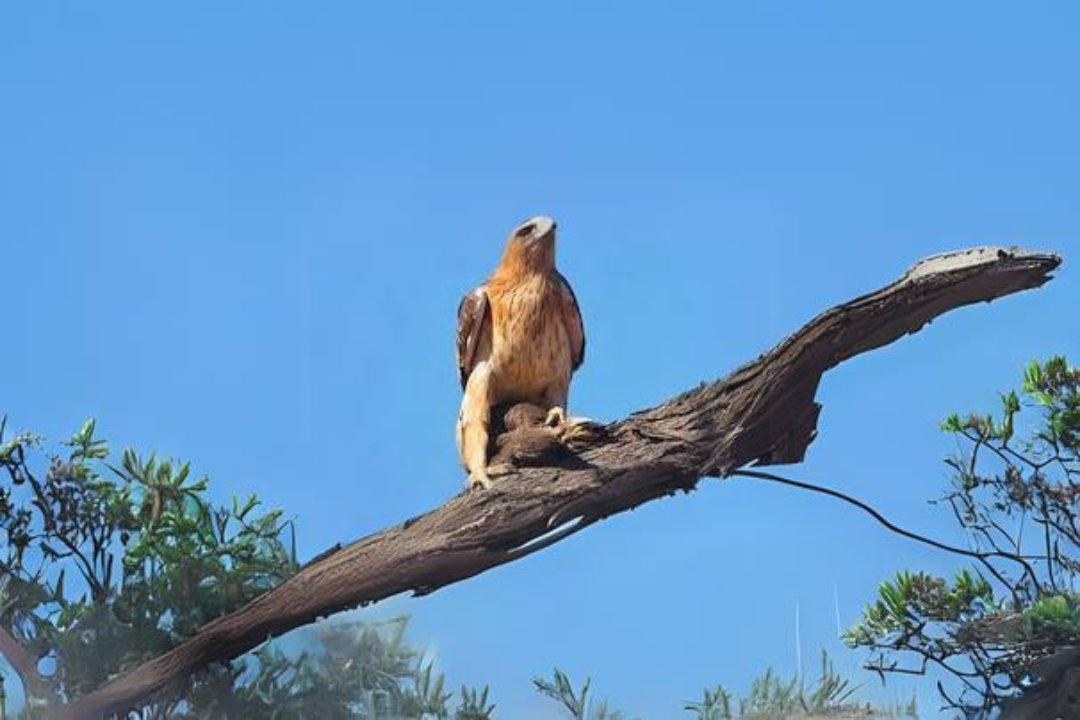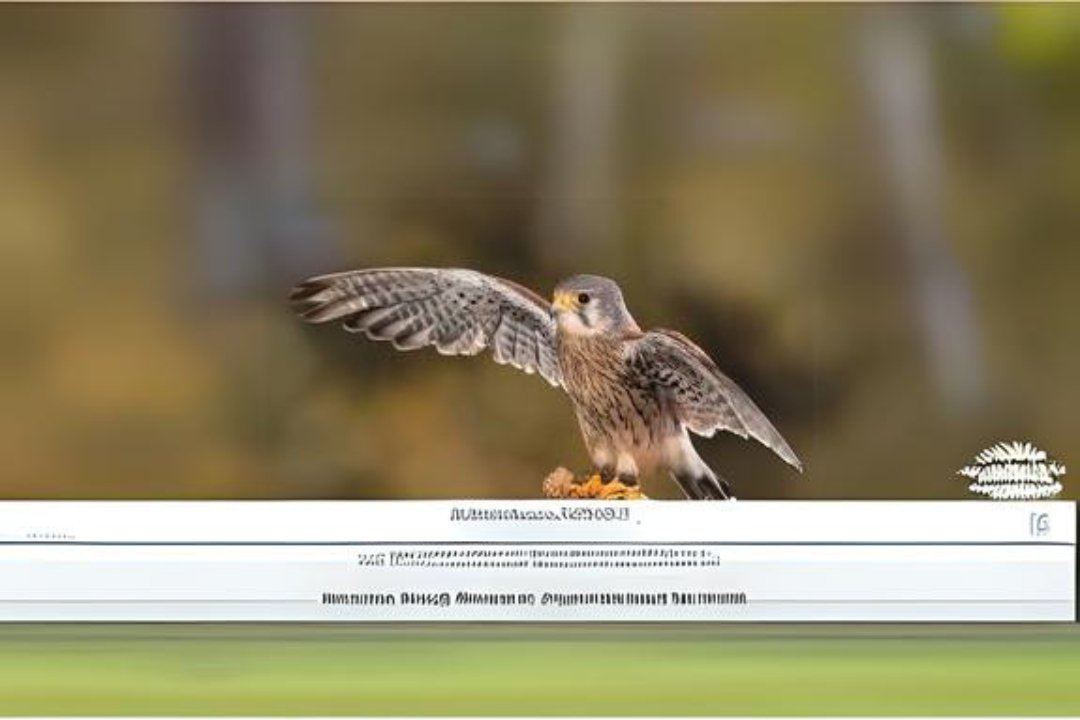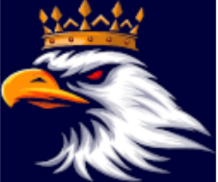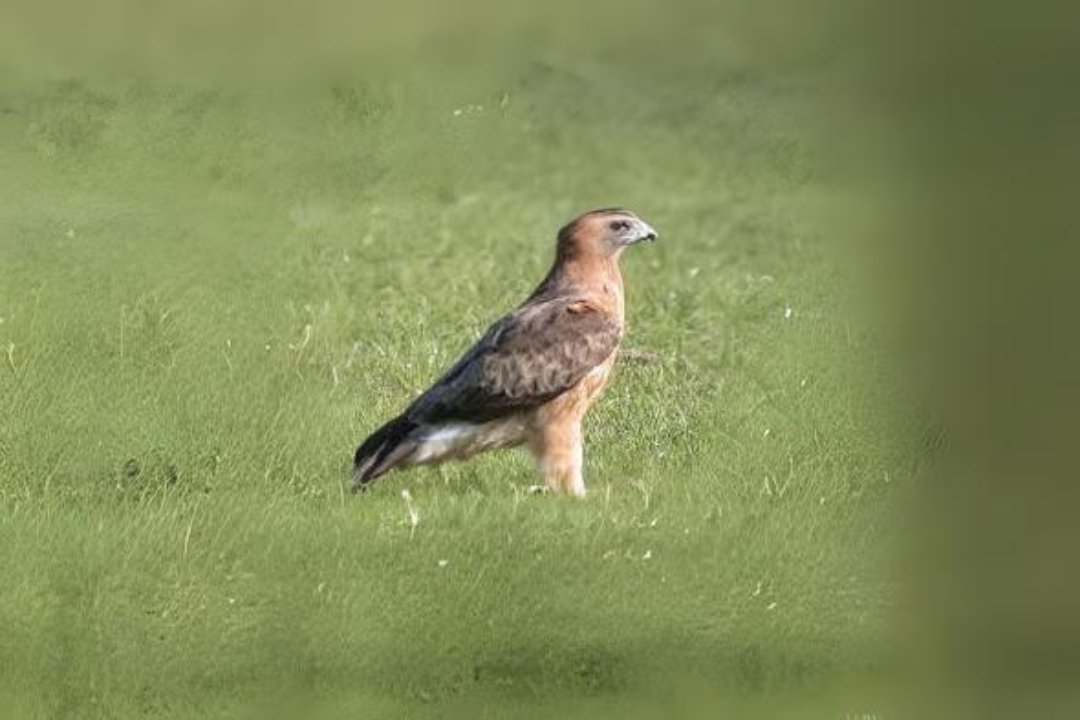Introduction to the Little eagle
The Little eagle; In the tremendous scenes of Australia, in the midst of rough landscape and broad skies, the Little Hawk (*Hieraaetus morphnoides*) rules as a subtle hunter and an image of versatility in its special natural surroundings.
This article digs into the entrancing universe of the Little Hawk, uncovering its particular qualities, hunting techniques, biological importance, preservation status, and the difficulties it faces in an evolving climate.
Taxonomy and Distribution Little eagle
The Little eagle has a place with the sort *Hieraaetus* inside the family Accipitridae, which incorporates other outstanding falcons and falcons. Found dominatingly across Australia, these raptors favor open forests, savannas, and scrublands where they can take off smoothly looking for prey. Their reach stretches out from the southern districts of central area Australia to Tasmania and sporadically wanders into parts of New Guinea during movement.
Estimating between 45 to 55 centimeters (18 to 22 inches) long, the Little Bird is more modest than its bigger family members however has a powerful form and a wingspan of roughly 120 to 140 centimeters (47 to 55 inches). Its plumage differs from dim brown to ruddy brown on the upperparts, with lighter underparts including conspicuous white streaks. Adolescents frequently show a mottled appearance that slowly develops into the particular grown-up plumage.

Hunting and Feeding Behavior Little eagle
As a sharp tracker, the Little eagle utilizes different hunting procedures fit to its current circumstance. From raised roosts or during taking off flights, it filters the ground for potential prey like little vertebrates (like hares and rodents), reptiles (counting snakes and reptiles), and every so often birds. With sharp vision and light-footed flight moves, the bird executes quick jumps or coasts to catch prey with its sharp claws.
During the rearing season, which normally ranges from August to January, Little Birds lay out homes in tall trees or precipices inside their region. They build huge homes utilizing sticks, twigs, and fixed with milder materials like grasses and leaves. Females lay one to two eggs, which the two guardians brood for around 40 to 45 days. The youthful eaglets fledge at around 65 to 75 days old however stay subject to parental consideration and food provisioning for quite a long time post-fledging.
Ecological Role and Conservation Status Little eagle
As a moderate sized raptor, the Little Falcon assumes a urgent part in keeping up with biological system balance by controlling populaces of little well evolved creatures and reptiles. In spite of its significance, the species faces huge dangers basically because of territory misfortune and debasement brought about by rural extension, urbanization, and environmental change. These elements add to decreased prey accessibility and settling locales, influencing rearing achievement and populace feasibility.
The Global Association for Preservation of Nature (IUCN) records the Little Bird as a types of Least Worry on the Red Rundown of Compromised Species, mirroring its moderately steady populace pattern. Nonetheless, confined declines and local eliminations feature the requirement for designated protection endeavors to alleviate dangers and shield remaining populaces.

Conservation Efforts and Future Outlook Little eagle
Preservation drives pointed toward safeguarding the Little Bird center around natural surroundings protection, reclamation of corrupted scenes, and moderating human-untamed life clashes. Cooperative endeavors including government offices, protection associations, and nearby networks are fundamental to carrying out compelling preservation procedures.
Research endeavors keep on improving comprehension of the Little Bird’s nature, movement examples, and reactions to ecological changes. By advancing public mindfulness, supporting for maintainable land-use practices, and encouraging stewardship of regular assets, partners can add to getting a future where the Little Falcon flourishes as an image of Australia’s biodiversity and normal legacy.
Conclusion
The Little eagle remains as a demonstration of Australia’s rich avian variety and the flexibility of untamed life in adjusting to different natural surroundings. As we endeavor to save this famous raptor and its delicate environment, it is basic to focus on maintainable protection practices and aggregate activity. Through coordinated endeavors and shared liability, we can guarantee that people in the future keep on wondering about seeing the Little Hawk taking off wonderfully across Australia’s extensive skies.
This article gives a thorough outline of the Little Hawk, covering its scientific classification, dissemination, actual qualities, hunting conduct, reproducing science, natural job, preservation status, preservation endeavors, and the significance of safeguarding its living space. Assuming you have explicit viewpoints you might want to investigate further or extra subtleties you might want to incorporate, if it’s not too much trouble, let me know!
Australia’s Aerial Hunter Little eagle
In the tremendous and differed scenes of Australia, the Little Falcon (*Hieraaetus morphnoides*) remains as an image of versatility and flexibility, typifying the pith of a talented flying hunter. This article digs further into the interesting universe of the Little Falcon, revealing insight into its one of a kind qualities, developmental variations, biological importance, preservation challenges, and the continuous endeavors to safeguard this magnetic species.
Having a place with the class *Hieraaetus* inside the family Accipitridae, the Little Falcon is firmly connected with different raptors, for example, the Booted Bird and Ayres’ Bird of prey Hawk. Its dissemination ranges across central area Australia, including southern locales and Tasmania, where it possesses different territories going from open forests and savannas to parched scrublands. While dominatingly stationary inside its reach, a few people embrace occasional developments or dispersal trips looking for reasonable settling destinations or prey.
Physical Characteristics Little eagle
The Little eagle displays a particular appearance portrayed by a minimized form, expansive wings, and a moderately short tail. Grown-ups normally measure between 45 to 55 centimeters (18 to 22 inches) long, with a wingspan going from 120 to 140 centimeters (47 to 55 inches). Plumage tinge fluctuates from dim brown to rosy brown on the upperparts, decorated with lighter underparts including conspicuous white streaks or bars. Adolescents show a mottled example that slowly develops into the grown-up plumage north of quite a long while.
Adjusted to a scope of earthly and semi-dry conditions, the Little Hawk flourishes in scenes portrayed by dispersed trees, prairies, and periodic water sources. Its sharp vision and aeronautical spryness empower it to chase effectively from raised roosts or during taking off flights. The hawk’s eating routine essentially comprises of little vertebrates like bunnies, rodents, and once in a while birds, enhanced by reptiles including snakes and reptiles. These variations reflect a long period of time of developmental specialization as a flexible hunter inside Australia’s dynamic environments.

Hunting and Feeding Behavior Little eagle
As a single tracker, the Little Falcon utilizes different hunting strategies customized to its prey and ecological circumstances. From key roosts or while coasting above, it examines the ground for development or sound, pinpointing possible prey with striking accuracy. After distinguishing an objective, the hawk executes a quick and determined plunge, using its strong claws to get a handle on and immobilize the prey before quickly dispatching it with its sharp snout.
During the reproducing season, which commonly ranges from August to January, Little Falcons structure monogamous coordinates and lay out homes in tall trees, precipices, or once in a while man-made structures. Homes are built utilizing an underpinning of sticks and twigs, fixed with gentler materials like grasses, leaves, and sometimes fleece or plumes. Females ordinarily lay one to two eggs, which the two guardians brood for around 40 to 45 days. The youthful eaglets hatch with wool plumage and depend on parental consideration for warmth, assurance, and food until they fledge at around 65 to 75 days old.
Ecological Role and Conservation Status Little eagle
As a moderate sized raptor, the Little Hawk assumes a vital part in controlling prey populaces inside its natural surroundings, in this way impacting biological system elements and species variety. Regardless of its environmental significance, the species faces various dangers basically determined by human exercises. Environment misfortune and fracture because of farming development, urbanization, and environmental change present huge difficulties, decreasing accessible settling locales and prey assets. Also, the hawk is defenseless against incidental harming, impacts with vehicles or powerlines, and unlawful hunting.
The Global Association for Preservation of Nature (IUCN) presently records the Little Falcon as a types of Least Worry on the Red Rundown of Compromised Species, mirroring its generally steady populace pattern and far reaching circulation across Australia. Notwithstanding, confined declines and local eradications highlight the requirement for designated preservation endeavors to alleviate dangers and defend remaining populaces.
Conservation Challenges and Efforts Little eagle
Preservation drives pointed toward safeguarding the Little Hawk center around living space conservation, reclamation of debased scenes, and alleviating human-untamed life clashes. Cooperative endeavors including government offices, preservation associations, and neighborhood networks are fundamental to carrying out successful protection procedures. Key activities include:
Safeguarded Region The board Laying out and extending safeguarded regions to save basic natural surroundings and settling destinations fundamental for the falcon’s endurance.
Maintainable Land Use Works on Advancing manageable ranger service, agribusiness, and metropolitan arranging rehearses that limit natural surroundings annihilation and backing environment network across scenes.
Exploration and Checking Directing examination to work on comprehension of the Little Falcon’s biology, populace elements, and reactions to natural changes. Executing observing projects to follow populace patterns, territory quality, and dangers confronting the species.

Future Outlook and Conclusion
The Little eagle remains as a demonstration of Australia’s rich avian biodiversity and the flexibility of natural life in adjusting to different territories. As overseers of our regular legacy, it is basic to focus on economical protection practices and aggregate activity to guarantee the drawn out endurance of this notorious raptor. By encouraging public mindfulness, supporting for living space insurance, and advancing stewardship of regular assets, partners can add to defending the Little Falcon and its job as an image of Australia’s interesting untamed life.
In embracing these endeavors, we can tie down a future where the Little Hawk keeps on taking off as a superb representative of Australia’s regular scenes, moving ages to accompany its effortlessness, power, and getting through presence in our common worldwide biological system.
This extended article gives a complete investigation of the Little Falcon, covering its scientific categorization, dissemination, actual qualities, hunting conduct, rearing science, biological job, preservation status, protection difficulties, and protection endeavors. In the event that you have explicit viewpoints you might want to dive into further or extra subtleties you might want to incorporate, if it’s not too much trouble, let me know!

